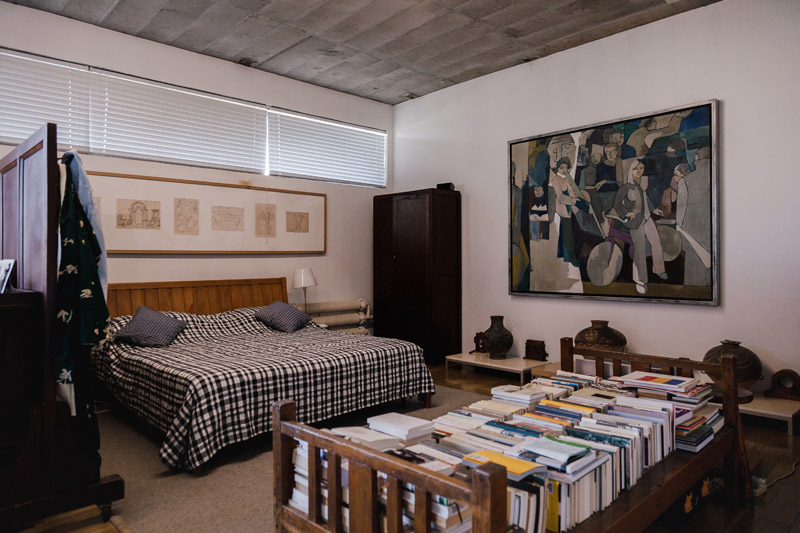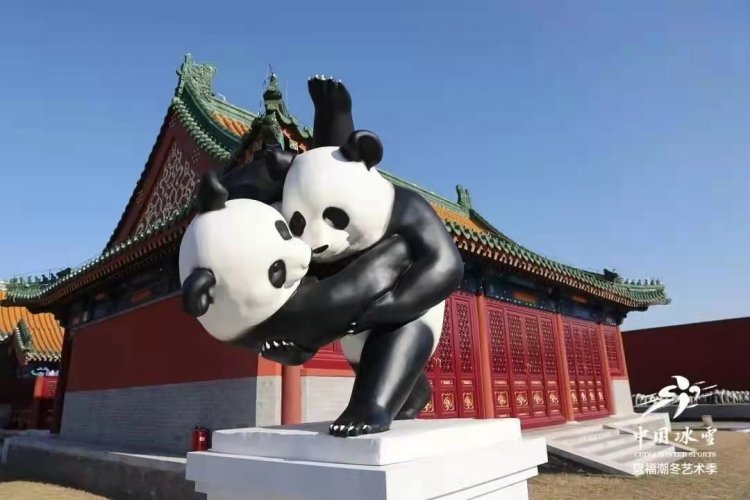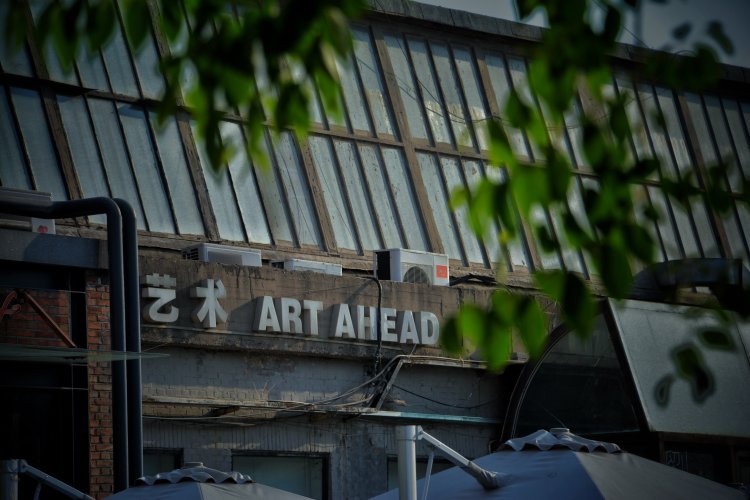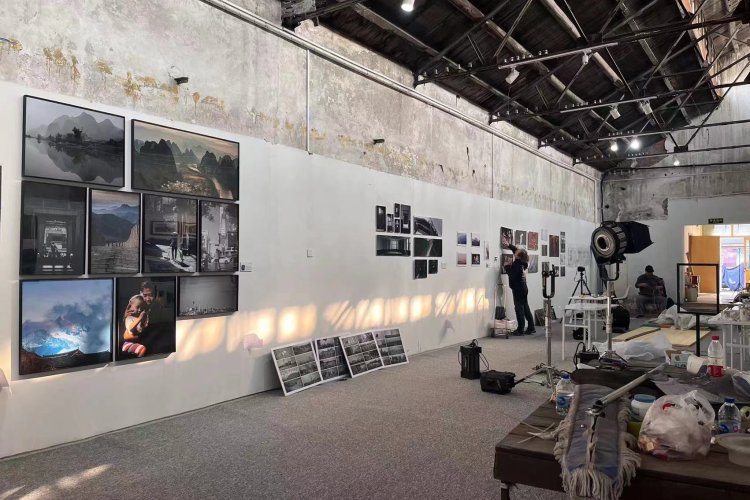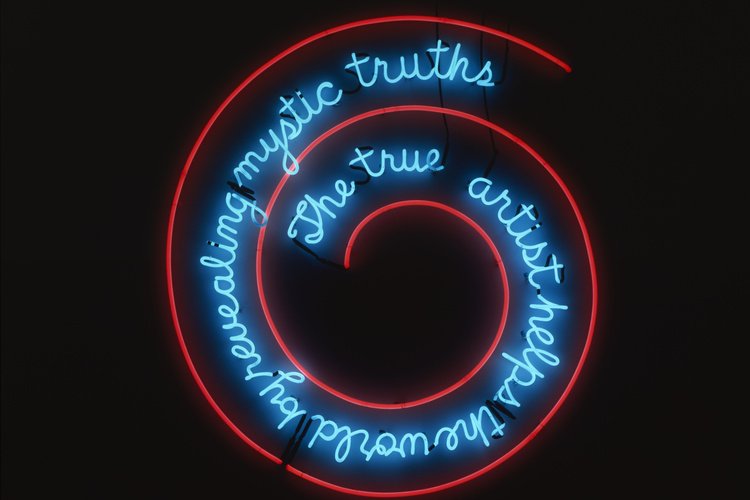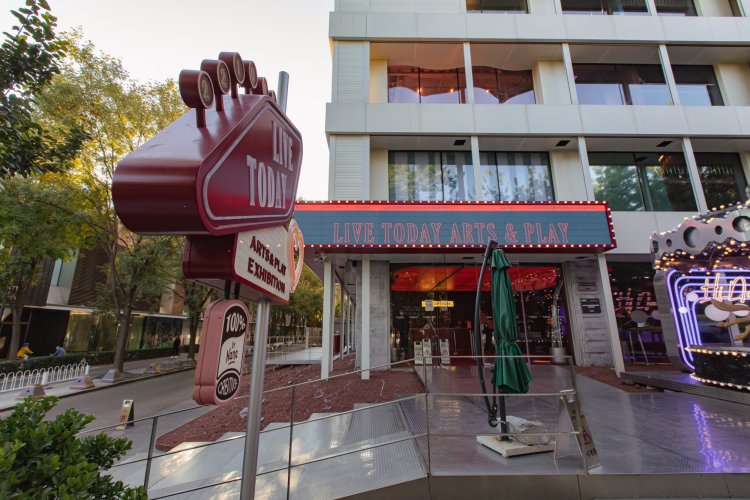SOTA: Public Granted an Intimate Look Into Noted Beijing Artist's Life at Huang Rui’s Cloud House
State of the Arts is our regular arts column whereby we take a look at the newest moves in Beijing's creative scene and highlight art news as well as exhibitions, artists, and openings that you should seek out.
Huang Rui is one of the artists whose names are inextricably linked to the evolution of Contemporary Art in China. Since the founding of the “Stars” group – an art troupe formed by now world-renowned artists Ai Weiwei, Ma Desheng, and Wang Keping – the versatile artist has through the decades demonstrated a very critical approach towards the art establishment and the official restrictions on the arts and its discourse, a situation that rings (more than) a bell for modern art connoisseurs today.

Perhaps the artist’s most celebrated work would be the Stars group show, an exhibition that took over the garden of the current National Art Museum of China (known then as the China Arts Gallery) in September 1979. That show gathered works that had not otherwise found a place within the institutionally sanctioned art spaces back in the day; needless to say, it was disbanded shortly after opening but still resonated within the art sphere, giving a vital look at the state of Chinese art at that period time and one that would propel further explorations and critique in the years to come.

Huang is also known as the founder of 798, which sits a short distance from his former studio and current residence, dubbed the Huang Rui Cloud House. The main building, built in 2007, an eye-pleasing structure built in collaboration with Dutch and Chinese designers Neville Mars and Bian Jing, incorporates materials taken from demolished Qing and Ming Dynasty courtyards in an attempt to integrate past and present. However, the museum-like space now faces the same fate that many nearby warehouses, buildings, and workshops have already encountered; the government intends to raze the space in order to plant smog-busting trees, throwing the future of Cloud House into uncertainty.

Open to the public since Dec 9 as means to potentially deter the authorities from their drastic plans, a walk through the 1,200sqm compound allows visitors to delve into the 65-year-old artist's life through architecture, paintings, installations, sculptures, and curios that he has collected throughout his career. From these, guests are able to get a sense of Huang’s personality as well as his innumerable creations, which as a whole attest to his versatility in terms of medium and themes.

Don’t leave without taking in Huang's early works, including Democracy Wall (1981) and Seamstress in a Street Production (1980), both heavily indebted to German expressionism, and Huang's minimalist explorations of space via Forbidden City, Courtyard, and Inner Palace (1981). Some other more recent but still politically charged and critical art pieces lie in his sculpture, paintings, and performance documentation pieces.
Huang has expressed his desperation to keep the house and while its destruction would certainly be a loss to the Beijing art sphere, paradoxically, without the threat of chai-ing, we may never have been granted a glimpse into the world of this multi-talented individual.
Huang Rui’s Cloud House is open weekends, 10am to 5pm, until Mar 18. A map of its location can be found below. More information about the opening can be found here.

Images: GJ Cabrera, huangrui.org

